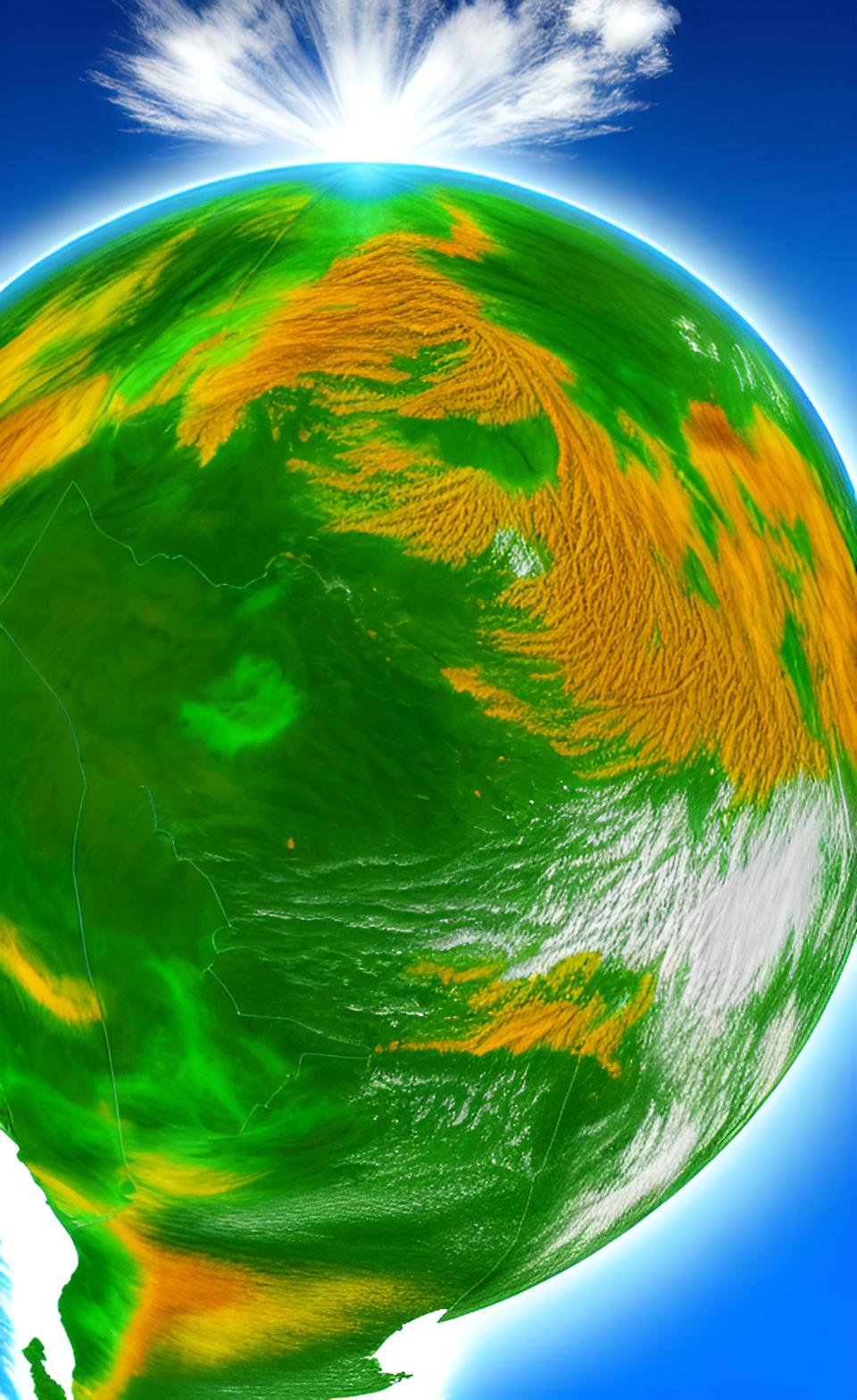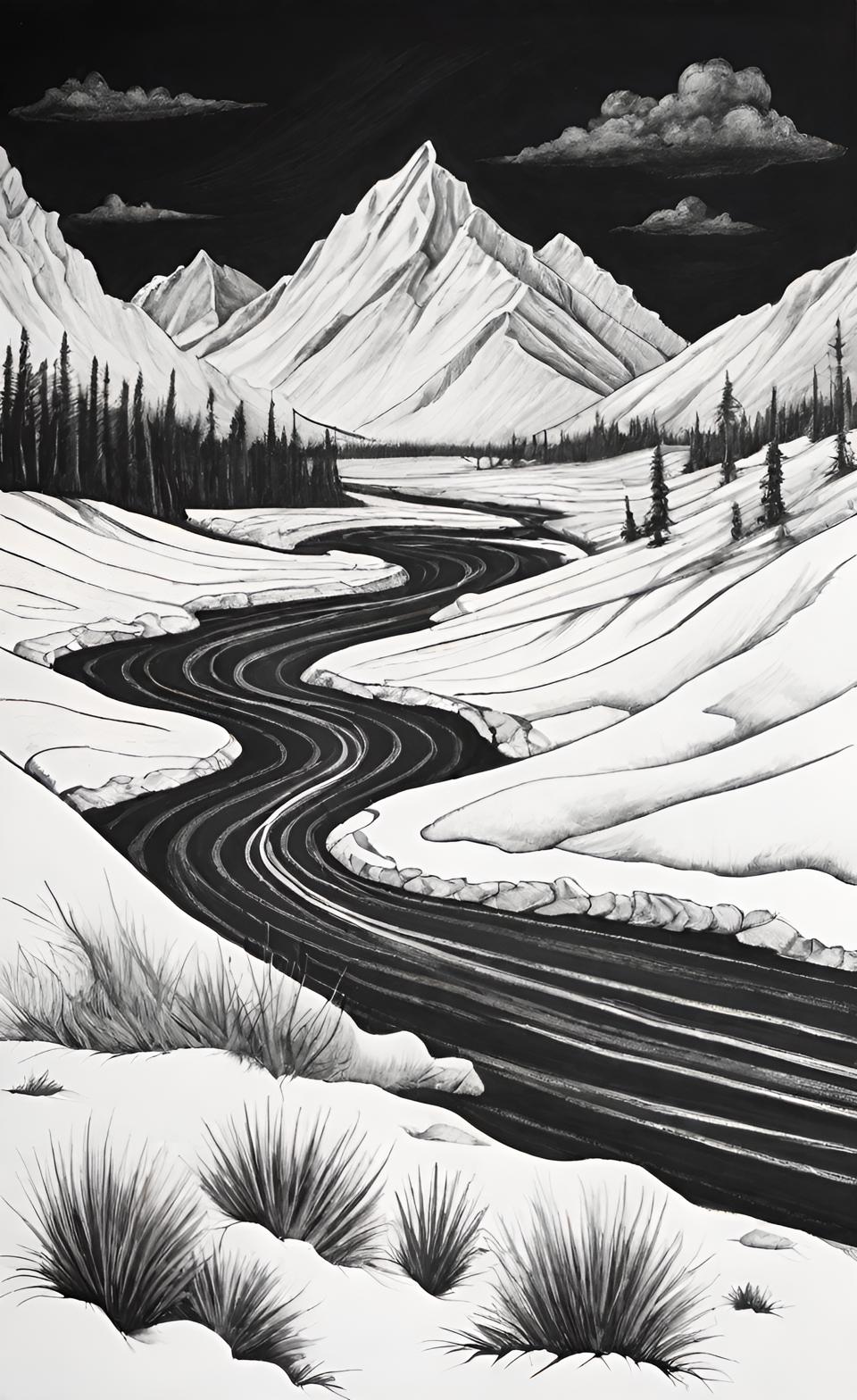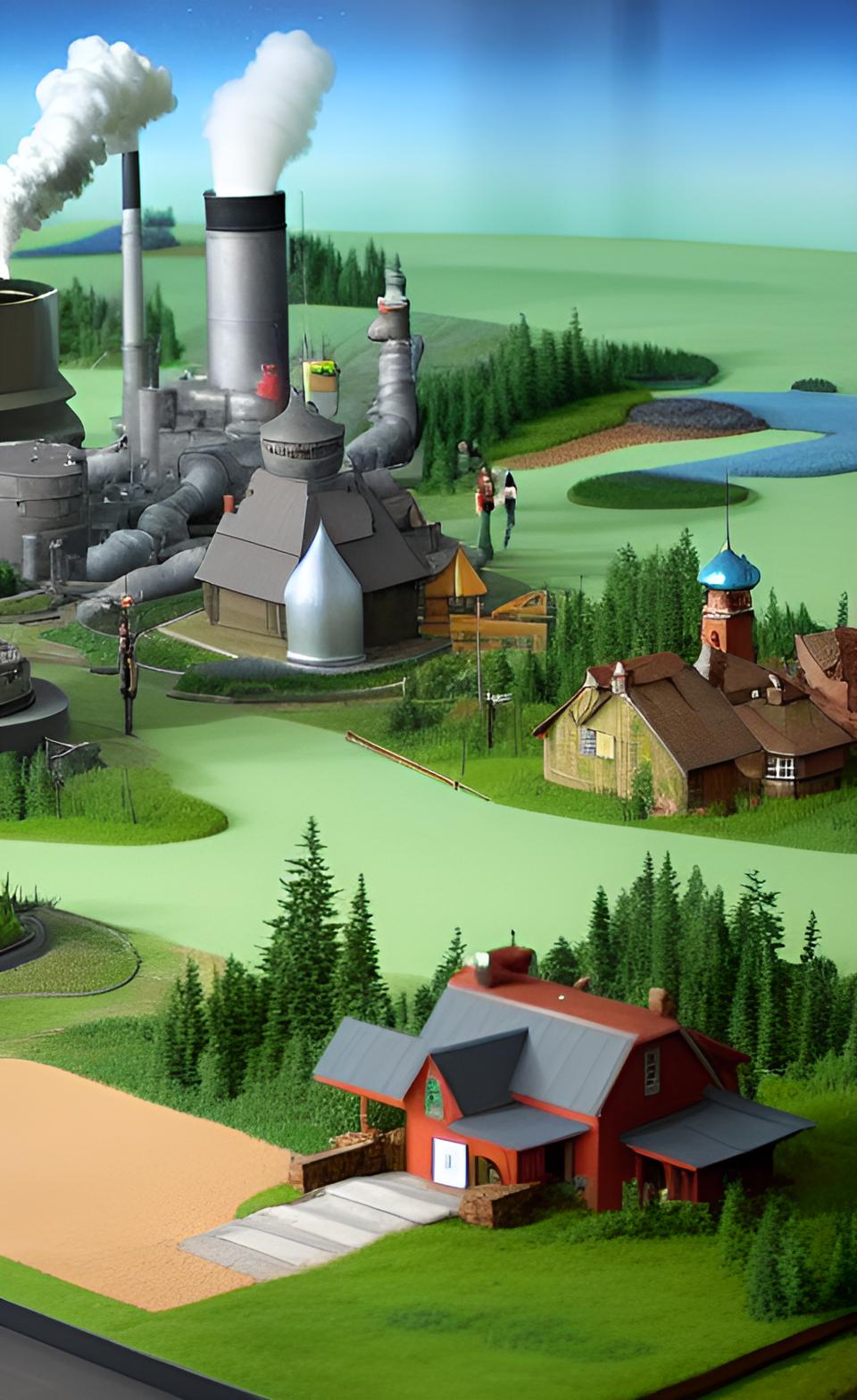- Air Homepage
- Alberta Air Quality
- Air Quality Dispersion Modelling
- Method of Variation of Parameters
Air Quality Results with the most helpful Method of Variation of Parameters
You can use this guide to figure out emission parameters for air quality dispersion modelling. You'll see a bit about approved emission limits, stack monitoring, manufacturer specs, published factors, and modelling techniques. The method of variation of parameters you choose gets you to precise results by confirming averaging times and using real-time data from continuous monitoring systems. Then you can customize manufacturer specs for new facilities or cases where where data isn't available.
Modelling variable emission rates accurately is the key - Do you know how to model an emission rate that's only 50% of its maximum for certain hours or a conveyor belt line source? Ensure your air quality predictions are realistic and regulatory-compliant by mastering the critical method of varying parameters and source types.
 Modeling and measuring emissions
Modeling and measuring emissionsA good guidance document presents emissions representation and ways to justify your chosen deviations from standard practices. For air quality, it highlights the need for specific modelling approaches, which lead you to reliable and accurate predictions.
What is the point of reading this?
Public health and the environment depend on understanding and controlling air pollution. In this text, you'll learn how to measure and model emissions, which is one step in keeping our air clean.
This article is for environmental engineers, regulatory professionals, and anyone involved in air quality management. It's packed with tools and methods to get accurate results and make informed decisions. Including a section highlighting the method of variation of parameters makes it a valuable resource for people looking to improve their modelling skills.
We look at how the four western provinces in Canada address this topic in their modelling guidelines. Most of the principles mentioned under the description for any one province are equally applicable across all jurisdictions.
Behind the Scenes: How Dispersion Modellers in British Columbia Get Decent Data
To get accurate results, you need to determine emission parameters for dispersion modelling. You can use approved emission limits, stack monitoring, manufacturer specs, published factors, or ancillary modelling.
 Use realistic data to keep BC beautiful
Use realistic data to keep BC beautifulIt's common for permits to specify emission limits, but it's important to confirm the averaging time. For instance, operators of large stacks get real-time data from continuous monitoring systems and averages can be calculated.
In new facilities or where there is no data, manufacturer specs are used, but we should be prepared to adjust them if conditions change. Consider, also, alternative sources of data (when available) when using published emission factors. However, any deviation from standard practices should be justified and your method of variation of parameters properly documented.
A source is typically represented by a point, an area, a volume, or a line. The majority of dispersion models can handle point, area, and volume sources, but AERSCREEN, which is simpler, has some limitations. Here's a bit more:
- Point sources: Emissions come from specific stationary points, like stacks, except flares and horizontally oriented stacks.
- Sources spread over a stationary area, like settling ponds or urban regions.
- Sources of volume emissions: Emissions with an initial width and depth at a stationary release point, like dust from aggregate piles.
- In some models, line sources are treated as area or volume sources because they're distributed over a line, but other models handle them explicitly.
A couple examples:
- Different types of sources can be estimated using different methods. Stack sampling provides a snapshot of emissions data, usually for compliance and often useful for model input.
- Floating and fixed roof liquid storage tanks are treated differently in dispersion modelling, considering vent emissions for fixed roofs and multiple point sources for floating roofs. Tanks with no plume rise should be treated as point sources, with specific parameters set to zero or ambient.
Method of Variation of Parameters for Modelling In Alberta
Models of air quality dispersion rely on input data describing emission amounts, methods, and environmental conditions. When emission parameters remain constant and emissions stay the same in the atmosphere without chemical transformations, the predicted concentration relates directly to the rate of emissions.
 Environmental modelling in Alberta
Environmental modelling in AlbertaIt's therefore important to represent emission values and stack parameters accurately. Models can be inaccurate if emission limits are outdated or unrealistic. Small sources that meet certain criteria may be excluded from the inventory. All assessments must include a table listing all source parameters, emission rates, and quantification methods. Complex assessments may require additional reporting at the Director's discretion.
There are four types of emission sources: point, line, area, and volume. Dispersion models can handle all these types, but AERSCREEN has limitations as indicated earlier. Here are some brief descriptions:
- Stationary sources like stacks or flares emit substances from a specific point. The exit parameters include coordinates, stack height, exit velocity, diameter, temperature, and emission rates.
- Roads and conveyor belts are linear sources of emissions. Emission rates and line dimensions are parameters. Models treat them as area or volume sources.
- Clusters of point or line sources, like industrial processes. The parameters include perimeter coordinates, emission height, and emission flux rate per unit area.
- Dust from storage piles or tank emissions are volume sources. The parameters include volume dimensions, coordinates, and emission rates.
A special type of source needing an unusual set of calculations is aboveground storage tanks. EPA's TANKS software is no longer supported; instead, AP-42 Chapter 7 equations are recommended for estimating VOC emissions from storage tanks.
Saskatchewan: How Models Account for Changing Emission Rates
AERMOD and CALPUFF have a special method of variation of parameters where the user can specify emission conditions, which are common at some facilities. Hourly emission rates or emission factors can represent this variability. There are 0 to 1 factors, with 0 indicating no emissions and 0.5 indicating 50% of the maximum emission rate. An external hourly emission file is needed for sources with changing exit temperatures or velocity.
A variety of methods can be used to estimate emission rates. Examples include continuous emission monitors, manufacturer specifications, NPRI Toolbox, EPA's AP-42, data from similar facilities, emission estimation tools, stack sampling, and engineering calculations. The choice depends on factors like the type of facility and available data.
For reliable model output, emission rates have to be accurate. The Ontario Ministry of Environment and Climate Change provides great info on estimating emissions and all other provinces refer to their guidelines.
 Model output for pasture safety
Model output for pasture safetyAgain, there are four usual types of emission sources for air dispersion models: point, area, volume, and line. Different models handle these sources differently:
- Stacks and flares are stationary sources that emit pollutants from a single point. The parameters include coordinates, emission rates, stack height, diameter, exit temperature, and velocity.
- Pollutants are released over a flat surface, like landfills or storage piles. The parameters include area perimeter coordinates, emission height, and mass emission flux rate.
- Pollutants are released in three dimensions from volume sources, like aggregate storage piles. The parameters include volume dimensions, emission height, and rate.
- Pollutants are released along a linear path, like a highway or rail line. Emission rates and line dimensions are parameters.
- Because of their unique characteristics, storage tanks and pits/quarries have to be modeled differently.
Hourly emission rates or factors ranging from 0 to 1 can be used to model non-continuous emissions. Using equations that estimate emissions based on wind speed and material moisture, wind erosion sources like storage piles can be modelled.
Detailed information on emission rates and modelling approaches can be found in the user guide for each model.
Understanding Manitoba facility data for Modelling
Different air dispersion models require different inputs. For clarity on input data requirements, consult the model's user manual.
Data pertaining to the source:
- Each source must report annual emissions in tonnes/year, and average and maximum hourly emissions in grams/hour.
- For emission rate data, site-specific sampling is best.
- You can estimate emission rates using emission rate factors, with proper referencing and discussion of data quality.
The stack parameters include stack height, exit diameter, velocity, flow rate, and temperature. All normal operating conditions must be taken into account, including 100% load. It's important to note and use the right method of variation of parameters in operating conditions over time.
It's important to model conditions at 100% design load and at maximum concentration. Look for conditions that might cause maximum ground-level concentrations from point sources, like exceeding design loads or unusual stack discharge parameters.
 Ground-level concentrations in the city
Ground-level concentrations in the cityModelling air emissions from a facility requires understanding its production processes, including material handling. Here's what you need:
- A list of the facility's processes, including equipment, input materials, products, and by-products that could release pollutants.
- Identification of all air emission sources, whether they're directly emitted through stacks or vents or indirectly as fugitive emissions.
- Quantities of raw materials and finished products processed at the facility.
- Material handling processes and air emissions release points (e.g., front-end loaders, conveyors).
- Pollutant composition, emission rates, and release points.
- Specify the type and quantity of fuel used in combustion sources like boilers or heaters.
- Type, design efficiency, and installation year (for existing equipment) of air pollution control equipment.
For modelling air releases from the facility, you'll may need a variety of other relevant process information.
With Calvin Consulting Group Ltd., you can move forward with confidence
Think about a world where your facility meets environmental regulations, protects public health, and keeps costs to a minimum. Calvin Consulting Group Ltd. turns that vision into reality with air quality dispersion modelling.
What's the point of air quality dispersion modelling?
We need clean air for our health. Facilities have a responsibility to reduce their environmental impact when they can. Dispersion modelling helps us understand how pollutants move through the air, so we can:
- Maintain compliance: Avoid costly fines and delays by meeting air quality regulations.
- Minimize emissions and make informed decisions about production processes, saving you money.
- Foster good neighbor relations by reducing your facility's impact on surrounding communities.
Here's what Calvin Consulting does...
We've been modeling air quality dispersion for over 30 years. We're more than consultants; we're trusted advisors who have trained government agencies across the country. Our services go beyond basic stuff, like:
- Three Principal Consultants with a combined 85 years of experience - that's a lot of knowledge!
- We collect and analyze site-specific data to ensure accurate and reliable modeling.
- We translate complex scientific concepts into clear, actionable insights.
- Save time and effort with detailed reports that meet all regulatory requirements right off the bat.
You don't have to settle for generic solutions. Our customized approach is tailored to your facility and needs.
Let's breathe easy, shall we?
Get a quick bit of advice from Calvin Consulting Group today.

Let's talk about your air quality goals and how dispersion modeling can help. Let's make the world a cleaner, healthier place together.
Clean air is our Passion...Regulatory Compliance is our Business.
For air dispersion modelling, this guide explains how to determine emission parameters.
You'll see many methods, such as approved emission limits, stack monitoring, manufacturer specifications, and modelling. The method of parameter variation ensures precise results, emphasizing the importance of real-time data and adjustments for new facilities. The report shows you the need for the best emission representations you can find along with reasons for deviations from standard practices.
Do you have concerns about air pollution in your area??
Perhaps modelling air pollution will provide the answers to your question.
That is what I do on a full-time basis. Find out if it is necessary for your project.
Have your Say...
on the StuffintheAir facebook page
Other topics listed in these guides:
The Stuff-in-the-Air Site Map
And,
Thank you to my research and writing assistants, ChatGPT and WordTune, as well as Wombo and others for the images.
OpenAI's large-scale language generation model (and others provided by Google and Meta), helped generate this text. As soon as draft language is generated, the author reviews, edits, and revises it to their own liking and is responsible for the content.



New! Comments
Do you like what you see here? Please let us know in the box below.